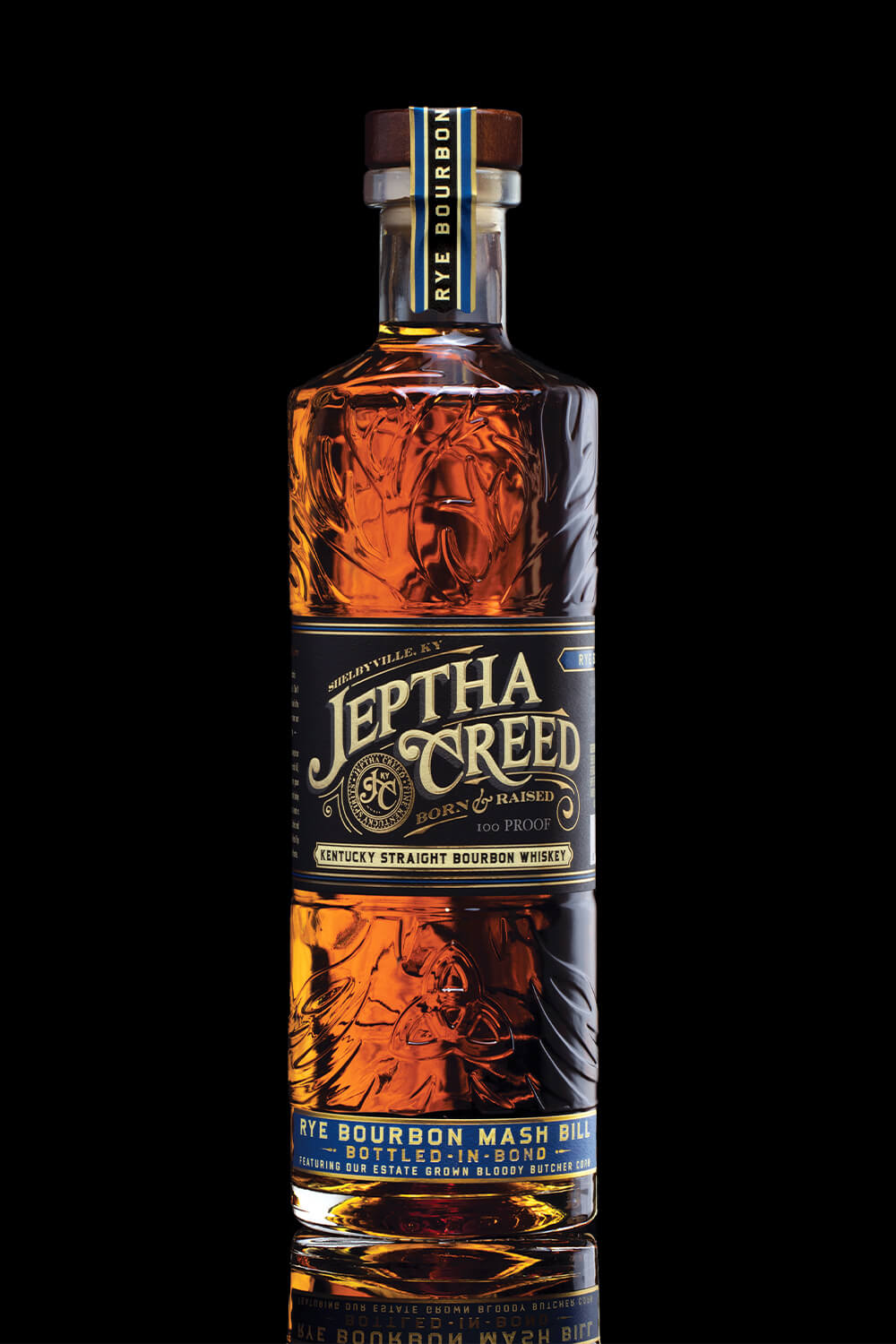Rye whiskey is the original American spirit. Rye grows best in the humid and warm climate of the Mid-Atlantic colonies, where corn, wheat and barley are less prolific. As a result, rye was often the primary ingredient in the whiskey produced by the 17th and 18th century farmers. Rye is not indigenous to North America, early European colonists brought the grain, along with their knowledge of turning it into a drink with them.
As surplus grains were produced, rather than letting them spoil and become unusable, farmers turned them into spirits. Barley could be turned into beer, but other grains did not convert into a frothy brew as easily. Instead, corn, rye, and wheat, along with barley were used in the production of whiskey. This also meant that the mash bill for whiskey was not standard, and would be based on the grains a farmer produced or those to which a distiller had access, changing what he added to his whiskey year over year. Depending on where a distiller was located, different grains might be more common. The prevalence of rye in Maryland, Virginia and Pennsylvania made it the dominant whiskey there. While barley’s success in Scotland and Ireland led to its dominance there, it also explains corn’s usage in Kentucky.
George Washington’s retirement from the presidency brought him back to his plantation at Mount Vernon in Virginia. The production of rye and other grains was so prevalent he hired James Anderson, a transplant Scot, to help make whiskey. Although Anderson was most familiar with barley, rye soon became the predominant grain in the whiskey. The mash bill of Washington’s whiskey was 60% rye, 35% corn and 5% barley. The Mount Vernon Museum has revitalized the still house and is now producing whiskey with the original recipe.
Pennsylvania and Maryland soon became the center for rye production. Heavy Scottish and Scots-Irish immigration in the 18th century brought knowledge of whiskey distilling to the interior of these colonies. As their surplus grain was produced, transporting the grain to market was costly and tedious. However, if distilled, this grain can be more easily moved. By the early 1800s, Pennsylvania alone was producing 6.5 million gallons of rye whiskey, and Old Monongahela became synonymous with this whiskey (named for the river which flows from Pittsburgh).
Along with the knowledge of whiskey distillation, these immigrant groups brought knowledge of malting their grains. Malting is a process that has been used in brewing beer and distilling spirits for thousands of years. This is the process where grains are steeped in water and allowed to begin germination, and sprouts emerge from the grain. Grains such as barley, corn and rye, must first have their starches converted into simple sugars that yeast can consume and turn into alcohol. This process is halted by drying out the grain through either being heated in the sun, baked in an oven, or warmed with smoke. Different parts of the world are known for the source of the heat they use: beech wood in Germany, peat smoke in Scotland and kilning in the Southern United States. This is a tricky process as heat must be kept high enough to dry the grain, but low enough to not cook the enzymes from the final product. The optimal temperature is approximately 150 degrees Fahrenheit.
Once the grains have been malted, the grains are mixed with warm water to dissolve the sugars that yeast can consume to turn into distillers beer, a high alcohol beer that will then be distilled into whiskey. It is impossible to know who the first person to malt their grains was, but there is evidence of its use throughout Europe, Africa and the Middle East stretching back at least 4000 years. Malting is crucial to increasing the sugar content and producing great amounts of alcohol in the final product.
At Jeptha Creed Distillery, the 1,000 acre farm produces the Bloody Butcher corn and other grains that go into their whiskeys and vodkas. They use combinations of malted and unmalted grains to add depth and character to their flavor profiles. This creativity and ingenuity allows Bruce and Joyce Nethery to experiment and push the boundaries of their styles. This is evident in the final product.
Whiskey is a drink that combines history, science and local flavor. The skills and techniques that produce your dram have been tested over centuries. The products are locally sourced and traditionally known.
Written By: Steve Haller | whiskyoflife.com | @whisky_of_life


